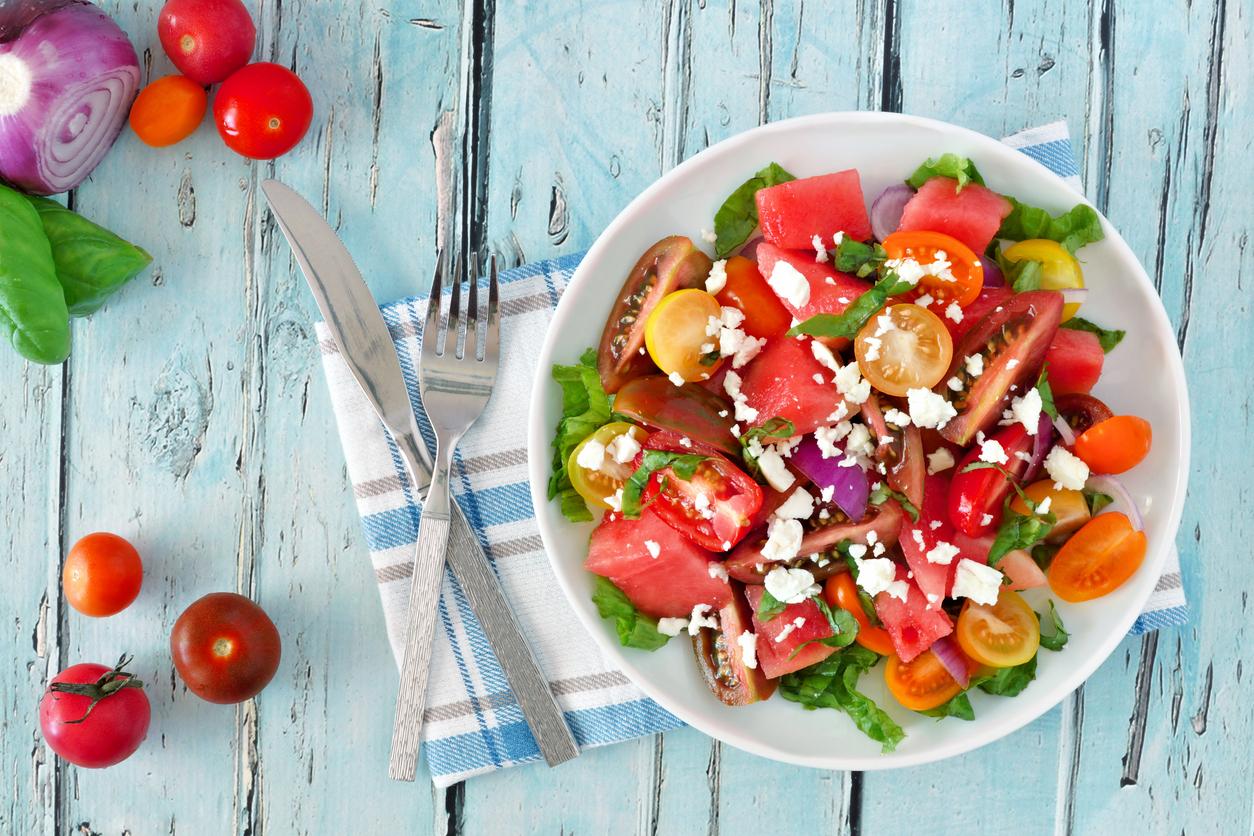
QUEBEC (Passeportsanté.net) August 24, 2005 – Several presentations given by guest speakers at FAV Health1 focused on the beneficial effects of polyphenols in fruits and vegetables. According to some experts, these substances are as essential to health as vitamins and minerals, although they are not yet recognized as such.
Polyphenols are molecules that plants produce naturally to defend themselves against various aggressions: ultraviolet rays, insects, fungi or disease. Pigments that indicate that fruits and vegetables are ripe are also part of the polyphenol family. This signal they send prompts the animals to eat them and therefore contributes to the dispersal of the seeds.
Several thousand polyphenols have been identified in the plant world and several hundred are found in edible plants. They are also called phytochemicals or phytonutrients. Some of them, like quercetin, are present in all plants: fruits, vegetables, cereals, legumes, tea, wine, etc. Others are more specific to certain fruits and vegetables. For example, anthocyanins are mainly present in colored small fruits (blueberries, blackcurrants, etc.), and indoles, in the cabbage family.
Not insignificantly, polyphenols seem to be more stable than certain vitamins. According to the few tests reported by some speakers, the content of phytochemicals in fruits remains fairly constant after a few days in the refrigerator and even after cooking.
The antioxidant activity of polyphenols has attracted the attention of researchers for many years, but several of the speakers at FAV Health 2005 insisted that their biological effects, while still poorly understood, go far beyond this. antioxidant effect.
To each his own job!
For example, according to the numerous laboratory tests carried out by the team of the American researcher Dr Bharat Aggarwal2, the curcumin, one of the active compounds in turmeric, has the ability to bypass many of the processes that trigger cancer. “Some of our in vitro trials indicate that curcumin, when combined with taxol, may reduce the side effects of this drug and increase its anticancer effects,” said Dr Aggarwal. Taxol is a drug used in oncology.
Dr Richard Béliveau, oncologist at Sainte-Justine Hospital, for his part, looked into the anticancer effects ofellagic acid, a substance found in particular in strawberries and raspberries. In vitro tests have given very interesting results. “This makes it a promising anti-tumor agent,” said Dr Béliveau.
 In addition, limonoids, present in citrus fruits, could also fight cancer, according to research by Edward Harris, professor in the Department of Nutrition and Food Science at Texas A&M University. “When you think of citrus fruits, you mostly think of vitamin C, but it’s reducing because these fruits contain other very powerful compounds,” he explained.
In addition, limonoids, present in citrus fruits, could also fight cancer, according to research by Edward Harris, professor in the Department of Nutrition and Food Science at Texas A&M University. “When you think of citrus fruits, you mostly think of vitamin C, but it’s reducing because these fruits contain other very powerful compounds,” he explained.
He reported the action of limonoids against neuroblastoma cells, a cancer that mainly affects children. “Very small amounts of limonoids literally tore cancer cells from the inside by fragmenting their DNA,” he continued. These molecules have also been shown to be as effective as camptothecin at killing intestinal cancer cells. Camptothecin is an anticancer drug primarily used in the treatment of colon cancer.
In any case, the speakers did not fail to point out that the molecules which work to stop the formation, the progression and the proliferation of cancer cells have a remarkable “gift”: they spare healthy cells!
Of course, the data presented to FAV Health is preliminary. They are however supported by epidemiological studies which clearly indicate that the consumption of fruits and vegetables can reduce the incidence of cardiovascular disease and cancer. WHO estimates that if everyone on the planet ate at least 400g of fruits and vegetables per day, 2.7 million lives could be saved per year!
Françoise Ruby – PasseportSanté.net
1. This symposium on the health effects of fruits and vegetables was held from August 17 to 20 in Quebec City and brought together 150 speakers and participants from 30 countries. (See our full report)
2. Mr. Aggarwal is also a physician and professor of medicine and biochemistry at the University of Texas, USA.
















